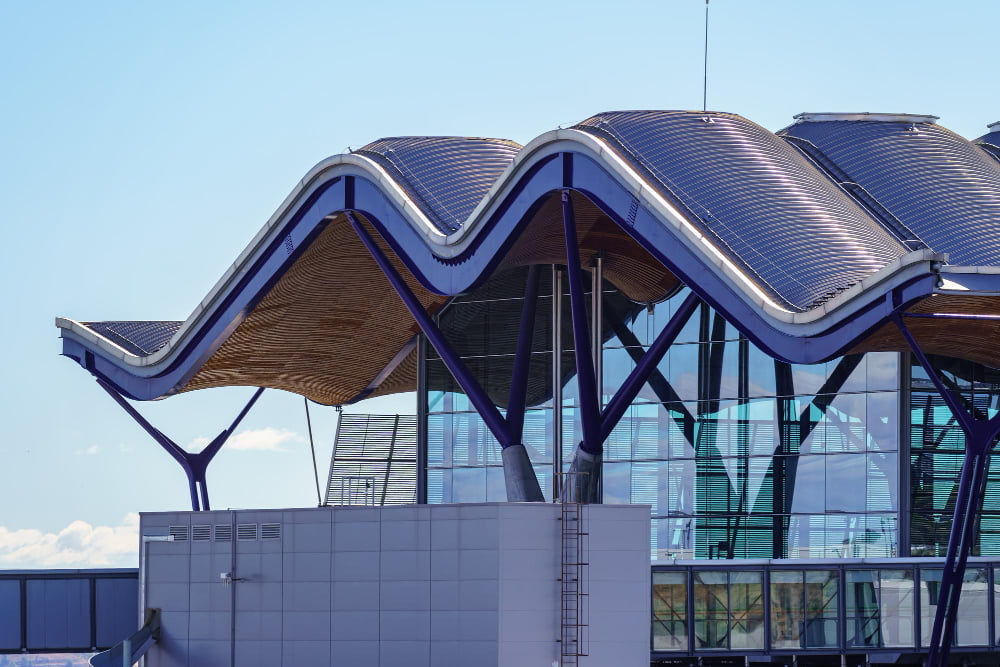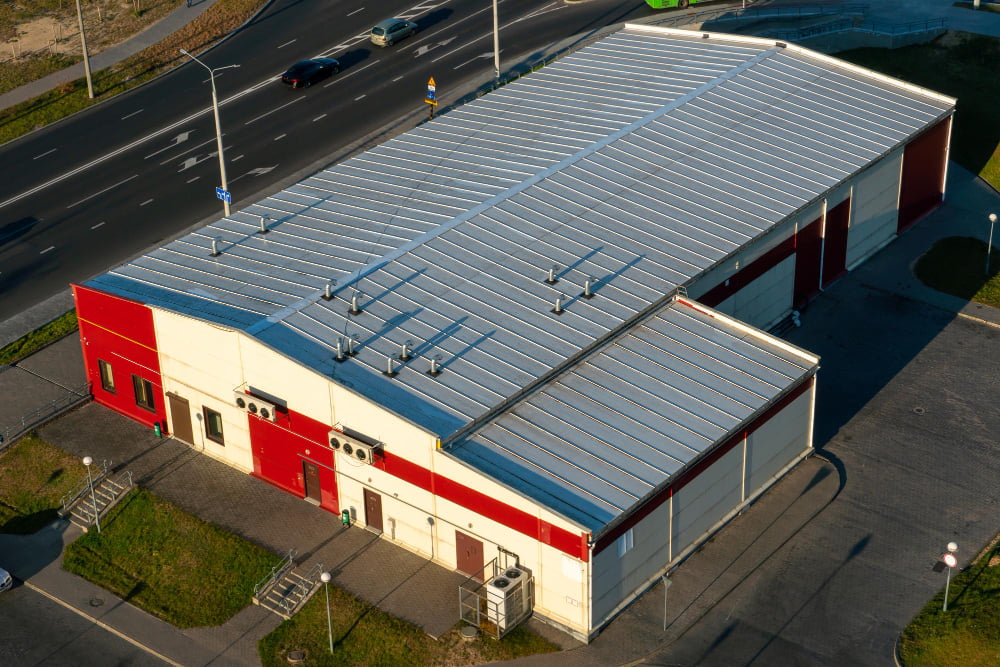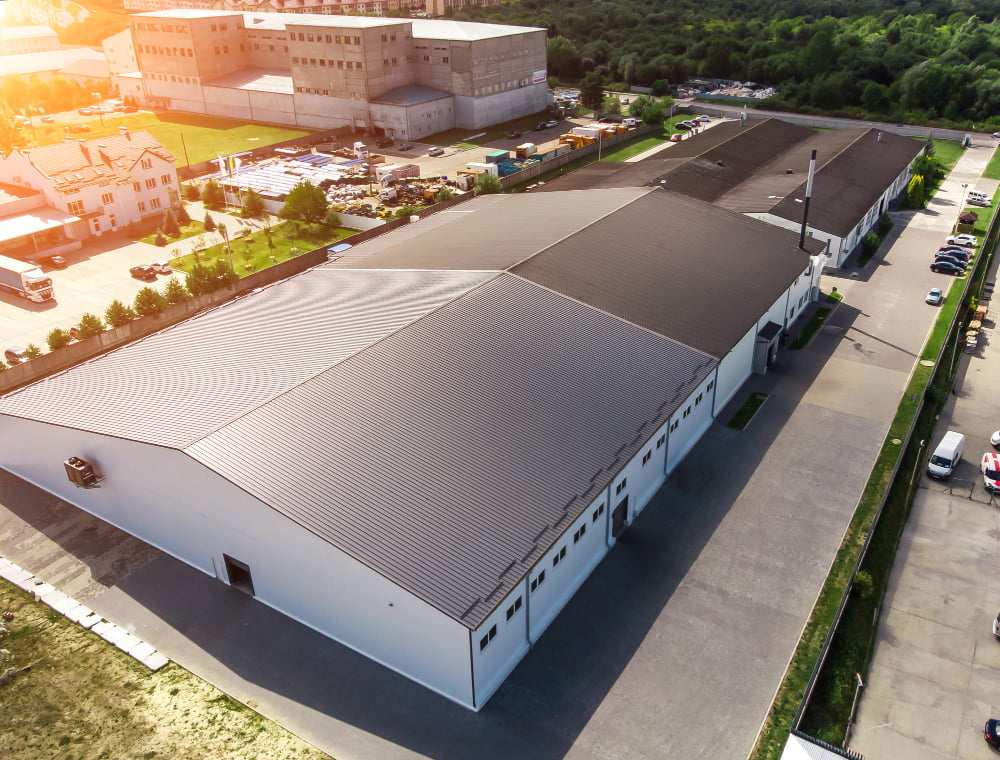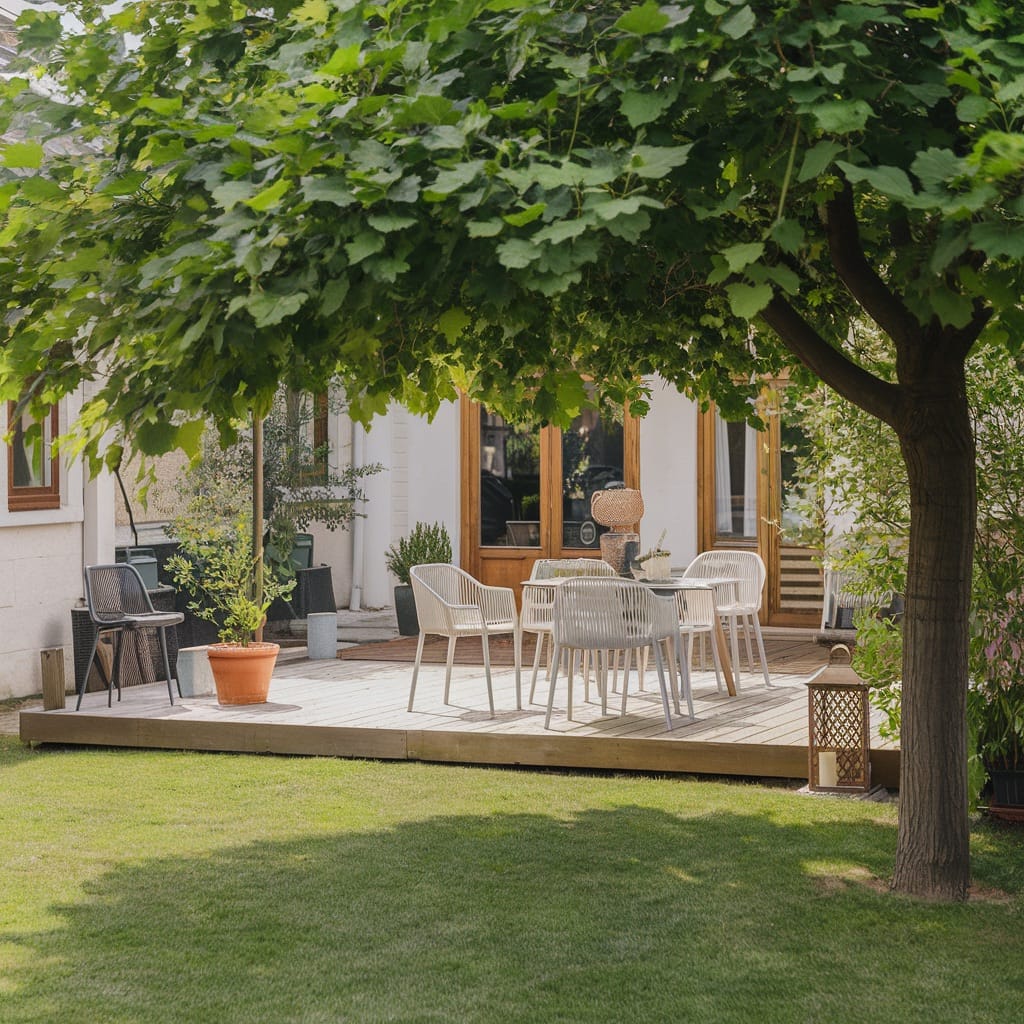Last updated on
In the realm of commercial architecture, the roof is more than a mere protective canopy; it’s a delicate blend of form and function, aesthetics and practicality. This balance, far from being a mere architectural nicety, is a vital puzzle piece in designing buildings that not only withstand the test of time but also resonate with the aesthetic sensibilities of a generation.
Devoting attention to the art of roof design could mean the difference between a building that fades into the cityscape and one that becomes an iconic symbol of its skyline. Let’s delve into the fascinating world of commercial roof design and how architects master the art of balancing form and function in their creations.
Hire an Expert Roofer

In terms of commercial roofing, you want to work with someone who knows the ins and outs of the job. An expert in the field understands all aspects of commercial roofing and can provide insight into what works best for your specific needs.
With their knowledge and experience, roofing contractors can help you choose the right materials, design a plan of action, and ensure a job well done. With a reliable team by your side, you can feel confident that your business will be protected and your roof will be in good hands. You don’t want to cut corners because your roof is the most vital component of your building’s structure.
Understand the Roof’s Purpose

Before diving into the design process, you must first understand the purpose of the roof in a commercial building. Sure, we all know that a good roof provides shelter and protection from the elements, but you might not know that it plays a crucial role in energy efficiency, sustainability, and even branding.
The shape, slope, and materials used in a roof can impact its performance and function in these areas. As an architect, you need to understand these nuances and how they relate to your client’s goals. For example, incorporating solar panels into the roof can both enhance energy efficiency and showcase a company’s commitment to sustainability.
Analyze the Building’s Structure

Commercial buildings come in all shapes and sizes, and the roof must be designed with the building’s structure in mind. A flat roof may be suitable for a large warehouse, but not necessarily for a high-rise office building. Or, a sloped roof may be the perfect fit for a restaurant, but not for an industrial facility.
An architect must carefully analyze the building’s structure to determine which type of roof will best fit its needs. Even factors such as HVAC systems and drainage must be considered in the design process to ensure optimal functionality and longevity of the roof.
Invest in Quality Materials

Investing in quality materials is non-negotiable when designing a commercial roof. The materials you choose will directly influence the roof’s durability, maintenance needs, and overall lifespan. While it might be tempting to cut costs in this area, remember that the roof is a long-term investment.
High-quality materials like metal, thermoplastic, or modified bitumen can withstand harsh weather conditions and require less frequent repairs, saving you money in the long term. On the flip side, using poor-quality materials may result in frequent leaks, repairs, and ultimately a shorter lifespan for the roof. So, it’s essential to choose wisely and invest in materials that will provide a solid foundation for your building.
Choose the Right Color and Texture
While you want to create an aesthetic that will attract potential customers or tenants, you need to consider the building’s surroundings. The right combination of colors and textures can make a structure blend in seamlessly with its environment or stand out as a striking focal point.
A neutral color palette may be appropriate for a building in a natural setting while a vibrant and bold color scheme may work better in a bustling urban environment. Just take some time to consider the building’s location and overall aesthetic before finalizing your design plans.
Incorporate Sustainability
Sustainability should be a top priority for any commercial roof design. Aside from being beneficial for the environment, sustainable features can also save money in the long run by reducing energy costs and increasing the lifespan of the roof.
When possible, incorporate green roofing techniques such as living roofs or solar panels to enhance the building’s energy efficiency and sustainability. These features add an eco-friendly element and serve as a visual appeal for potential clients or tenants.
In the grand architectural tapestry, the roof stands as a testament to the clever fusion of form and function. It is more than a protective shield; it is a statement of style, a beacon of sustainability, and an integral part of a commercial building’s identity.
Balancing aesthetics with practicality, sustainability with cost-effectiveness, and innovation with time-honored techniques is the cornerstone of effective commercial roof design. That said, architects can craft masterpieces that define skylines, embody brands, and — most importantly — withstand the test of time.
Recap:



